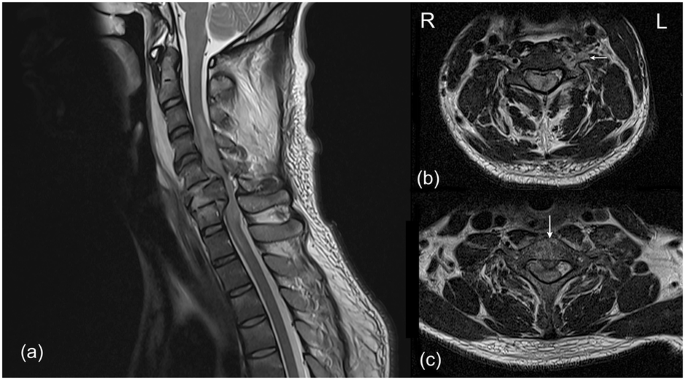
A 34-year-old man has experienced significant neurological recovery from C4 complete tetraplegia following a car accident and subsequent medical intervention. The individual in question underwent surgical decompression and initial inpatient rehabilitation, a standard course of treatment for such injuries.
Post-accident treatments for spinal cord injuries can vary, but in this case, the patient started on MLC901, a neuroprotective treatment, during the fourth month after the accident and continued for the next six months. Notably, the patient demonstrated marked improvement in neurological function, an outcome not always seen in such severe cases.
MLC901 is known for limiting excessive calcium influx, decreasing excitotoxicity, reducing oxidative stress, and preventing cell death caused by glutamate. These actions contribute to its ability to support recovery processes such as synaptogenesis, neurogenesis, and neuroplasticity. However, the utilization of MLC901 in spinal cord injury rehabilitation is not widely adopted, despite its potential benefits highlighted by this case.
The recovery witnessed extended beyond the initial zone of partial preservation, with the patient showing motor recovery up to 24 months after the injury, intimating a promising direction for the treatment of similar cases. This aligns with animal studies that have shown MLC901’s role in downregulating Vascular Endothelial Growth Factor (VEGF), which can otherwise worsen tissue edema and infarction.
Source: Nature.com
